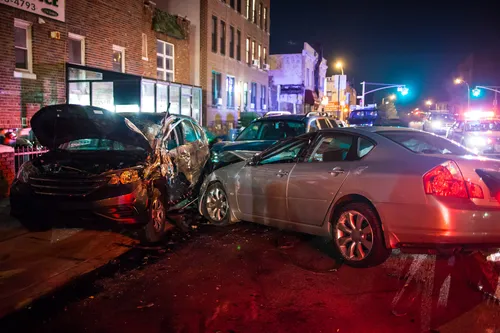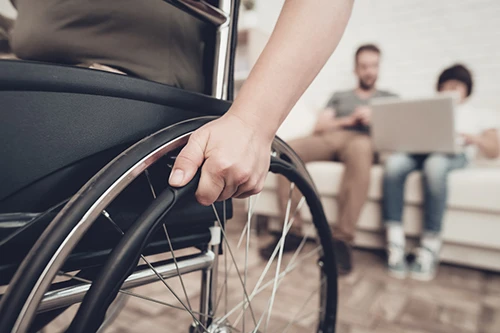In today’s society, Americans are always on the move. In most families, adults work most of the day (or even overnight) to pay the bills and take care of their families, but at a cost of significant time.
As a result, children are cared for by other people, including family members, nannies, babysitters, or daycare. In fact, fewer than one-in-three children have access to a stay-at-home parent daily. Compare this to the numbers in 1975, when more than half of American children had one stay-at-home parent.
While childcare is expensive, it is almost essential today. But where there are lots of children, there are plenty of accidents waiting to happen. After all, children are children – full of bumbling energy. Yet, not all accidents are at the fault of children. Instead, they could result from an act of negligence. So where is the line drawn – what constitutes an accident? Who would be liable if an accident involving a child occurs?
Injuries in Childcare
The following injuries are what children can inadvertently encounter in daycare:
- Bruises, minor cuts, scrapes
- Broken bones, fractures, sprains, dislocations
- Head injuries and traumatic brain injuries (e.g. concussions)
- Burns
- Accidental poisoning
- Suffocation
- Slip-and-fall
- Allergic reactions
Causes of Injuries
There are several reasons why accidents resulting from neglect occur in daycare. These reasons include:
Negligence. When an accident occurs, staff members often claim that they turned away from the children for “just five minutes.” Usually, the diverted attention doesn’t last for “just five minutes” – it can last for much longer, leading to an enhanced risk of injury for children within that window.
Abuse. While daycare is often considered safer compared to the home, child abuse does occur in those facilities. According to GateHouse Media, in 2016, 24 children nationwide died in child care facilities due to neglect or abuse. Types of child abuse are physical abuse, emotional/verbal abuse, sexual abuse, and neglect.
Facility hazards. Sometimes, injuries may result from ignored hazards. Examples of physical hazards in the daycare:
- Wet floors
- Chemicals (e.g. cleaning supplies) accessible to children
- Falling tiles and other objects
- Uneven, dangerous hallways and walkways
- Defective and/or recalled toys
- Unsafe sidewalks and parking lots caused by potholes, inclement weather, etc.
- Frail, damaged playground equipment
- Improperly stored medications
Who is liable?
If a child has been neglected or directly injured in some manner by a childcare provider, then liability can potentially rest on the provider or the facility, depending on the type of incident.
However, before the child is accepted into the daycare, the facilitators force the parents or guardians to sign liability waivers, which often include clauses that state that parents have signed away their right to sue if the child is hurt in daycare and that the daycare will perform emergency medical care if the daycare cannot immediately contact the parents or guardians. The latter clause is perfectly valid.
The former, the liability clause, states that the daycare is not liable for anything whatsoever that happens to your child, but that type of clause is a nullity, as it’s against public policy to attempt to absolve the daycare of liability if a young child is injured (e.g. a slip and fall). In other words, in the eyes of the law, pressing charges for a child’s injury resulting from negligence is absolutely possible, even if the parents sign a waiver. Daycares, after all, have an obligation to protect all children during operating hours. Parents can thus demand compensation, if their child is injured in the event they were neglected or abused.
Proving Liability
You must prove the following in order to hold the daycare liable for your child’s injuries:
- The daycare breached its duty to protect and care for the child.
- That the daycare has neglected the child in some form.
- The daycare facility is unfit for children.
Keep on record, if possible, photos of where the child was injured in the daycare, any other hazardous areas in the facility, and the injuries the child sustained. Furthermore, keep on hand witness statements and other testimonies (either on paper or via audio recording, with permission) and other documentation of the events leading up to the accident or injury.
Daycares can be held responsible!
Overall, daycares can be held liable if they neglected or abused the child and/or disregarded the maintenance of the facility. For example, the injured child slipped and fell on wet tiles is a potential ground for seeking compensation. Another example would be an adult screaming at and verbally abusing a child because the child broke a toy. The facility could be sued for psychological and emotional damages, as well as psychiatry/therapy fees.



